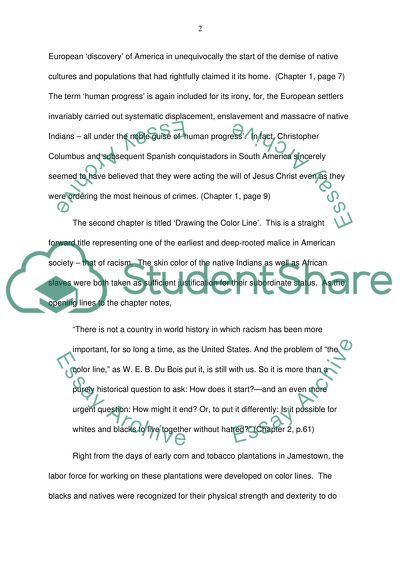Cite this document
(“The Peoples History of the United States by Howard Zinn: Review of Book Report/”, n.d.)
The Peoples History of the United States by Howard Zinn: Review of Book Report/. Retrieved from https://studentshare.org/history/1471155-the-peoples-history-of-the-united-states-by-howard-zinn-review-of-chapters-1-through-5
The Peoples History of the United States by Howard Zinn: Review of Book Report/. Retrieved from https://studentshare.org/history/1471155-the-peoples-history-of-the-united-states-by-howard-zinn-review-of-chapters-1-through-5
(The Peoples History of the United States by Howard Zinn: Review of Book Report/)
The Peoples History of the United States by Howard Zinn: Review of Book Report/. https://studentshare.org/history/1471155-the-peoples-history-of-the-united-states-by-howard-zinn-review-of-chapters-1-through-5.
The Peoples History of the United States by Howard Zinn: Review of Book Report/. https://studentshare.org/history/1471155-the-peoples-history-of-the-united-states-by-howard-zinn-review-of-chapters-1-through-5.
“The Peoples History of the United States by Howard Zinn: Review of Book Report/”, n.d. https://studentshare.org/history/1471155-the-peoples-history-of-the-united-states-by-howard-zinn-review-of-chapters-1-through-5.


